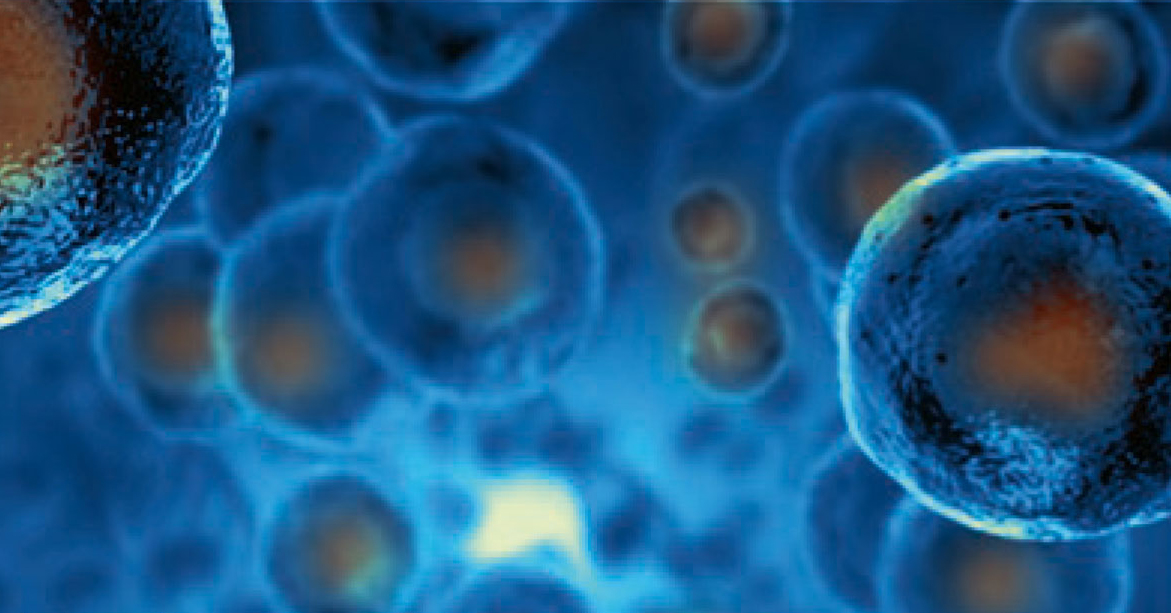What is the definition of ATMP?
From the website of EMA:
Advanced therapy medicinal products (ATMPs) are medicines for human use that are based on genes, tissues or cells. They offer ground-breaking new opportunities for the treatment of disease and injury.
ATMPs can be classified into three main types:
- Gene therapy medicines: these contain genes that lead to a therapeutic, prophylactic or diagnostic effect. They work by inserting ‘recombinant’ genes into the body, usually to treat a variety of diseases, including genetic disorders, cancer or other long-term diseases. A recombinant gene is a stretch of DNA that is created in a laboratory, bringing together DNA from different sources.
- Somatic-cell therapy medicines: these contain cells or tissues that have been manipulated to change the biological characteristics of cells or tissues not intended to be used for the same essential functions in the body. They can be used to cure, diagnose or prevent diseases.
- Tissue-engineered medicines: these contain cells or tissues that have been modified so they can be used to repair, regenerate or replace human tissue.
In addition, some ATMPs may contain one or more medical devices as an integral part of the medicine, which are referred to as combined ATMPs. An example of this is cells embedded in a biodegradable matrix or scaffold.
Gene therapy, somatic-cell therapy and tissue-engineered products are often abbreviated to GTMP, SCTMP and TEP.
The FDA defines ATMPs as HCT/Ps; human cells, tissues and cellular and tissue-based products.
“HCT/Ps means articles containing or consisting of human cells or tissues that are intended for implantation, transplantation, infusion, or transfer into a human recipient. Examples of HCT/Ps include, but are not limited to, bone, ligament, skin, dura mater, heart valve, cornea, hematopoietic stem/progenitor cells derived from peripheral and cord blood, manipulated autologous chondrocytes, epithelial cells on a synthetic matrix, and semen or other reproductive tissue…”
What makes ATMPs different from other medicines?
ATMPs are based on cells or genes while ‘traditional’ medicines are in the majority of cases based on small synthetic chemical molecules. In the recent past new other medicines have been developed that have a biological origin, such as proteins.
“…While these products can also be included under the umbrella term ‘biological drugs’, they have distinct and unique characteristics that warranted their classification as a distinct type of drugs; these specialized medicinal products are therefore referred to as advanced therapy medicinal products (ATMP).” Pertaining to gene and somatic-cell therapy medicines and tissue-engineered medicines.
What is the difference between medicine, medical device and an ATMP?
From the EU Regulations and Handbook about Regulatory Guidelines and Procedures for the Preclinical and Clinical Stages of Advanced Therapy Medicinal Products (ATMPs):
Medicine
The primary mode of action is a medicinal product within the human body achieved by pharmacological, immunological or metabolic means.
Medical device
The primary mode of action is deployed via physical means. ‘…the intended purpose of the medical device must be primarily achieved by a physical mode of action.’
Advanced therapy medicinal product
Advanced therapy medicinal products (ATMPs) are medicines for human use that are based on genes, tissues or cells. See question ‘What is the definition of ATMP?’
If it concerns a borderline product with the element of an ATMP, the product will be classified as an ATMP.
When is a medicine an ATMP?
In the EU a medicinal product is classified as an ATMP by the Committee for Advanced Therapies (CAT). Because of the required expertise, the CAT conducts a scientific assessment of an ATMP, including a draft opinion, and sends it to the Committee for Medicinal Products for Human Use (CHMP) which plays an important role in the authorisation of medicines.
For new therapy developers, the advantage of knowing to which category their product belongs, is that it enables them to adhere to the applicable regulation framework.
How can we help?
You need any help in making sure your ATMP meet all legal requirements? Or you’re in need for a partner to make your ATMP more stable, robust and upscalable? Don’t hesitate to contact us with any question! We’re also more than happy to give you some advice concerning our tools Cell by Design® and ATMPKick™.
Sources:
- EMA, Advanced therapy medicinal products: Overview, consulted on 9-12-2019.
- FDA, 21 CFR 1271.3 (d).
- DDR medic, Handbook about Regulatory Guidelines and Procedures for the Preclinical and Clinical Stages of Advanced Therapy Medicinal Products (ATMPs), pages 9, 10, 11, 12.
- EMA, advanced therapy classification, consulted on 9-12-2019.
- EMA, Reflection paper on classification of Advanced Therapy Medicinal Products, 13 April 2012, page 3.
